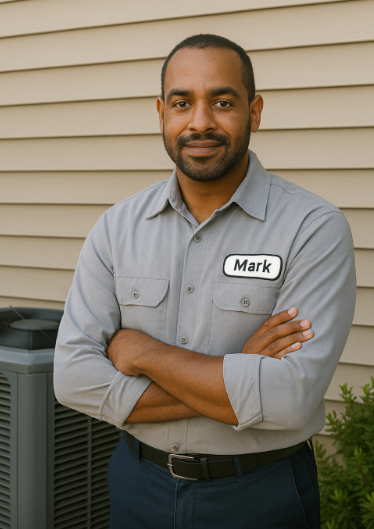🏠 Why Installation Quality Matters for Your AC Condenser
Your condenser is the heart of your cooling system. Even the best R-32 condenser won’t perform well if it’s improperly installed. Installation impacts:
-
System efficiency and energy bills
-
Equipment lifespan
-
Warranty validity
-
Safety, especially when handling refrigerants like R-32
-
Compliance with local codes and regulations
Improper installation can lead to leaks, electrical issues, or even hazardous situations due to the mildly flammable nature of R-32 refrigerant (classified as A2L).
The U.S. Department of Energy stresses the importance of professional installation for optimal HVAC performance on their energy saver site.
🔧 What Does Professional Installation Include?
Professional HVAC technicians bring training, certifications, and experience to your installation project. Their service typically includes:
-
Proper sizing verification and load calculations (Manual J)
-
Secure and compliant electrical wiring and circuit breaker setup
-
Safe refrigerant handling, evacuation, and charging with R-32
-
Correct mounting and leveling of the condenser unit
-
Leak testing and pressure checks to ensure system integrity
-
System startup, calibration, and performance testing
-
Permitting and code compliance assistance
Hiring a professional reduces the risk of mistakes that can cause costly repairs or void your warranty.
⚠️ Why DIY Installation Isn’t Recommended for R-32 Condensers
Installing an AC condenser yourself might sound like a way to save money, but the complexities and risks—especially with R-32 refrigerant—make DIY a poor choice for most homeowners.
Handling Refrigerant Safely
R-32 is mildly flammable, requiring special equipment and certifications for safe handling under EPA Section 608 regulations. Unauthorized handling risks personal injury and legal penalties.
Technical Complexity
Installation involves electrical work, refrigerant charging, evacuation, and system calibration—tasks requiring precision and specialized tools.
Warranty and Liability
Many manufacturers explicitly require professional installation to honor warranties. DIY installation can void warranties and leave you financially responsible for repairs.
Code and Permit Compliance
Improper or unpermitted installations can cause violations and problems when selling your home.
The Environmental Protection Agency outlines refrigerant handling requirements and safety precautions here.
💸 Cost Comparison: Professional Installation vs. DIY
While DIY might seem cheaper upfront, it often leads to:
-
Higher risks of system failure or reduced efficiency
-
Potential fines or liability for incorrect refrigerant handling
-
Voided warranties leading to costly repairs
-
Additional expenses for tools and equipment
Professional installation costs typically range from $700 to $2,000 depending on complexity and region. However, these costs are investments in safety and long-term savings.
For typical AC installation pricing, check HomeAdvisor’s cost guide.
🔍 How to Choose a Qualified HVAC Professional
Look for:
-
EPA Section 608 certification for refrigerant handling
-
NATE certification (North American Technician Excellence)
-
Good local reputation and reviews
-
Written estimates with clear scope of work and warranties
Resources like the NATE website can help you find certified technicians near you.
🛠️ Preparing for Your Professional Installation
Before installation:
-
Confirm your contractor has evaluated your home for proper condenser sizing
-
Clear the outdoor area around the installation site
-
Discuss the timeline, warranty details, and post-installation maintenance
-
Ask about options for recycling your old unit
🔄 Post-Installation: Why Professional Maintenance Matters
Professional care doesn’t stop after installation. Annual tune-ups by certified technicians ensure your R-32 system continues running efficiently and safely.
The U.S. Department of Energy recommends routine maintenance for HVAC systems here.
💡 Final Thoughts from Mark
While DIY projects can be rewarding, installing an R-32 residential AC condenser is best left to professionals. The complexity, safety concerns, and warranty implications make professional installation the smart choice for your home and peace of mind.
For trusted R-32 condensers and professional installation support, visit The Furnace Outlet’s R-32 Residential AC Condensers collection.







